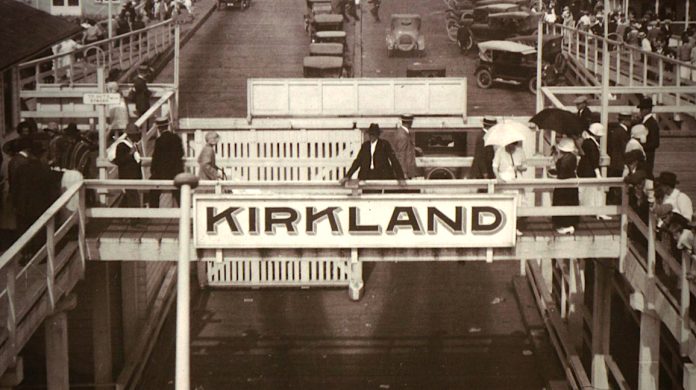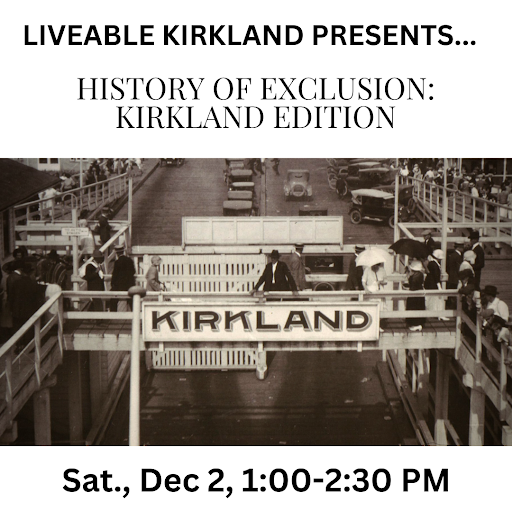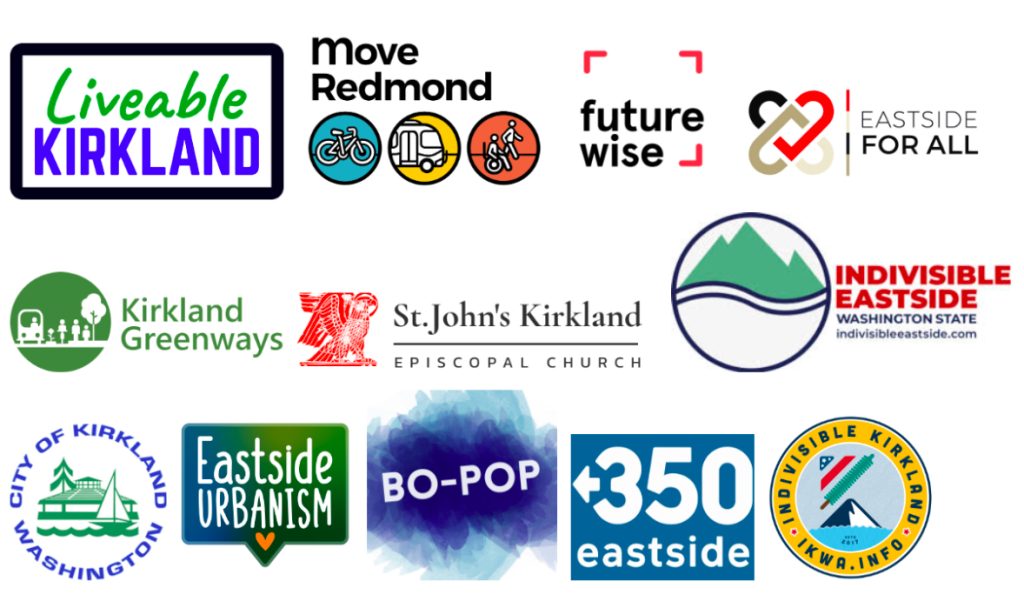Do you wonder how the Kirkland-of-today came to be?
In 2017, Richard Rothstein’s riveting book, The Color of Law, documented how the continuing segregation of American cities today is the direct result of explicit historic government policies at the local, state, and federal levels.
In Kirkland, we hunger to understand how the ideas in Rothstein’s book, housing and transportation policies, and employment shaped our city. And we want to know what we can do now to create a more inclusive future for Kirkland.
On Saturday, December 2, Dr. Lorraine McConaghy’s keynote will help us understand Kirkland’s history through the lens of racial equity. This event will be at the Peter Kirk Community Center (352 Kirkland Avenue) at 1pm.
Then, local and statewide groups will connect us with ways to work for change through specific actions, such as Kirkland’s comprehensive plan process and state legislation for transit-oriented development.
Register here to join Liveable Kirkland for this free, educational, and empowering event!
Policies and actions of the past created the Kirkland of today. Help us create the Kirkland we want for tomorrow.
Keynote Speaker: Lorraine McConaghy, Ph.D., author and award-winning public historian and Kirkland resident, will help us examine Kirkland’s history through a lens of racial equity, transportation, and housing.
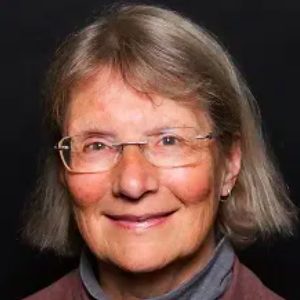
We will then connect with local and statewide groups working for change through specific actions.
Organizational Presenters:
- Liveable Kirkland (Program host)
- City of Kirkland Diversity, Equity, Inclusion, and Belonging (DEIB)
- City of Kirkland Planning
- Futurewise
Sponsors:
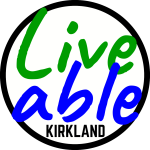
Liveable Kirkland (Guest Contributor)
Liveable Kirkland’s vision is to create homes for everyone while improving sustainability and quality of life. The key to achieving this vision is focusing growth into people-oriented, complete communities, where people can meet their routine needs without needing to drive, all connected with efficient transportation.


